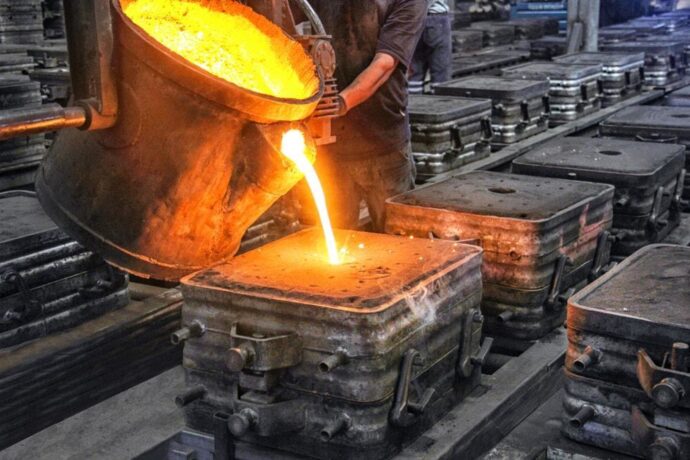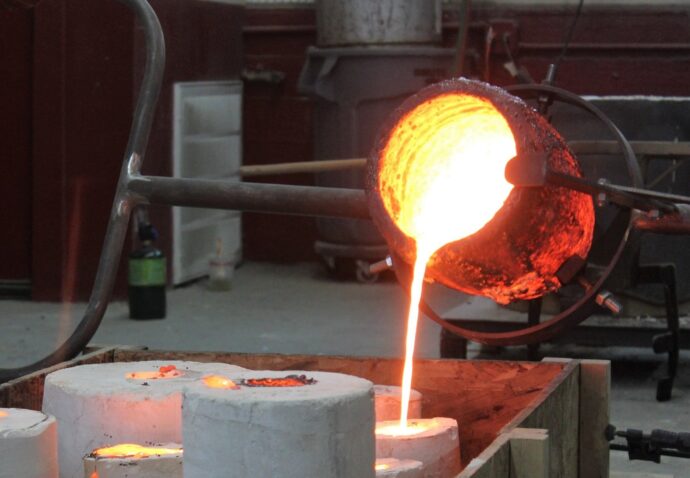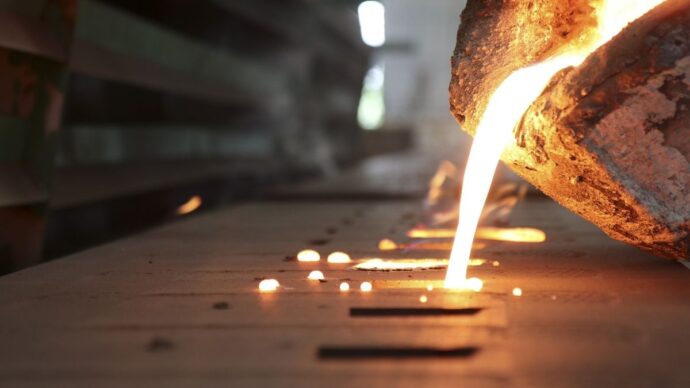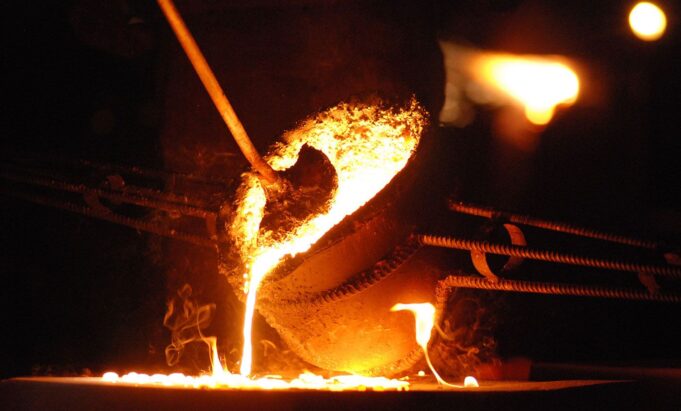Metal casting is a process that has been around for about 5000 years as the experts and historians estimate, and starting from ancient civilizations, up to today, this technique is one of the best ways to produce durable components in a relatively easy way. If you are interested in it, and if you want to know more about it, you have come to the right place. Here, we are going to tell you how does the metal casting process work, what are the main types of it, and what are some of the products around us that have been manufactured using this technique.
Main Types

The first thing we are going to talk about is the different types of this technique as well as the benefits that come with it. There are two main types of casting models that you could opt for and they include reusable and expendable. The permanent or reusable model is used to create molds that can be utilized to create many of the same pieces and they are features in companies where the same item needs to be created in bulk. On the other hand, the expendable molds are destroyed right after the process is done, or during it. Sometimes, the molds need to be removed or melted in order for the item to be able to be taken out and in these cases, materials that can be reused are utilized.
The most common types of casting that are utilized for permanent models include die, pressure, centrifugal, slush, semi-permanent, and permanent casting. On the other hand, when it comes to processes where the mold is destroyed after the job is finished, they include sand, shell, full mold, and investment casting.
There are other types such as low pressure, gravity die casting, and vacuum die, and they are utilized depending on the purpose as well as the type of item that needs to be created.
They all come with their positives and drawbacks, and you can check out Dawangcasting if you want to get more in-depth information on how these types differ from one another, and where they are mostly utilized.
Make sure you do as much research as possible if you want to pick the right type for your needs, and know that even though they are similar to one another, they still have crucial differences that could affect the functionality or looks of the final product.
What Does It Consist of?

There are several steps that go into this process, and depending on the exact type of casting, they may be different in some cases. Nevertheless, there are several things that all of them go in common.
The whole technique starts with the design, and the expert needs to create and decide on how the components need to look. The pattern is then created so that it can mimic the shape and design of the product that is going to be created later on. Keep in mind that this item is usually larger than what the final good is going to look like.
The mold cavity then is created and it needs to look perfect because this is where the item is going to be cast. Once again, the molding can be different depending on the exact type of casting that is used for the project. The mold can be reusable or it can be destroyed during or after the production process, and because of that, different materials can be used for it.
After the mold is created, the alloy of the metal needs to be melted and this is done with different techniques and equipment to ensure that the metal is not going to go over the melting point or get damaged during the process.
The metal is then poured into the mold, and it is left to fully harden and solidify before it is taken out of it. Once the item is solid, then it is taken out and the casting is finished. During the finishing process, the gate needs to be removed, the cast is cleaned, and if needed, some parts are reheated to remove the excess or parts of the mold. It needs to be sanded and polished so that there are no imperfections.
Once everything is done and the item is finished, then it goes through inspection so that it can be seen if there are any faults with it, or if it is in a condition where it can be shipped to the seller or the customer.
What Is It Used for?

Now that you are aware of the types of casting, as well as how the whole process goes, let’s see what it is used for. You should know that this technique is used in many industries, and it can be a far better, easier, and budget-friendly option than many others.
Even though it is mainly utilized in the automotive industry to create vehicles and their parts, it is also used to manufacture buses and other larger vessels. Nevertheless, we can see things made with this process all around us, and most lamps and lamp fixtures are made this way.
Keep in mind that this process is used where there is a need to create a complex design, and where there are a lot of components that need to be put together. If any other technique is used to create the parts, then the manufacturing would either be too expensive, the process is going to be too complex, or the components would be faulty.
Pretty much for every component that is with a complex design or that is too big to be manufactured into many smaller parts and be put together, later on, metal casting is used.
If you are interested in starting your own brand with this, or if you just want to invest in components that are high-quality and budget-friendly, then you should start learning and investing in brands that are already experts in this. You can reach out to the brand that you look up to and see what they can tell you in-depth about this technique, and if you are a client, then they can answer all the questions you have with bigger precision and much more details.















